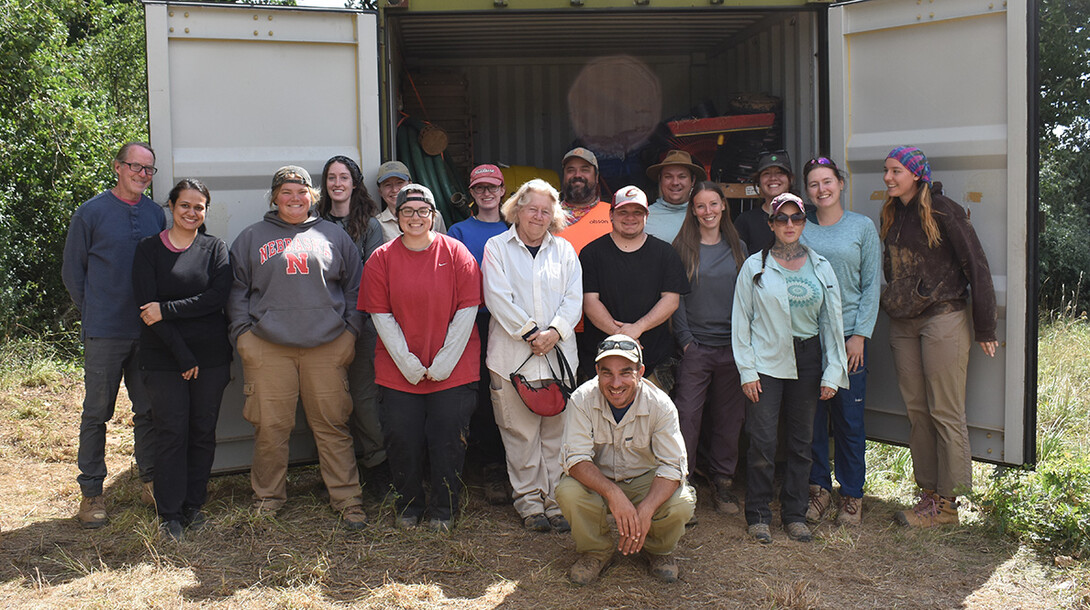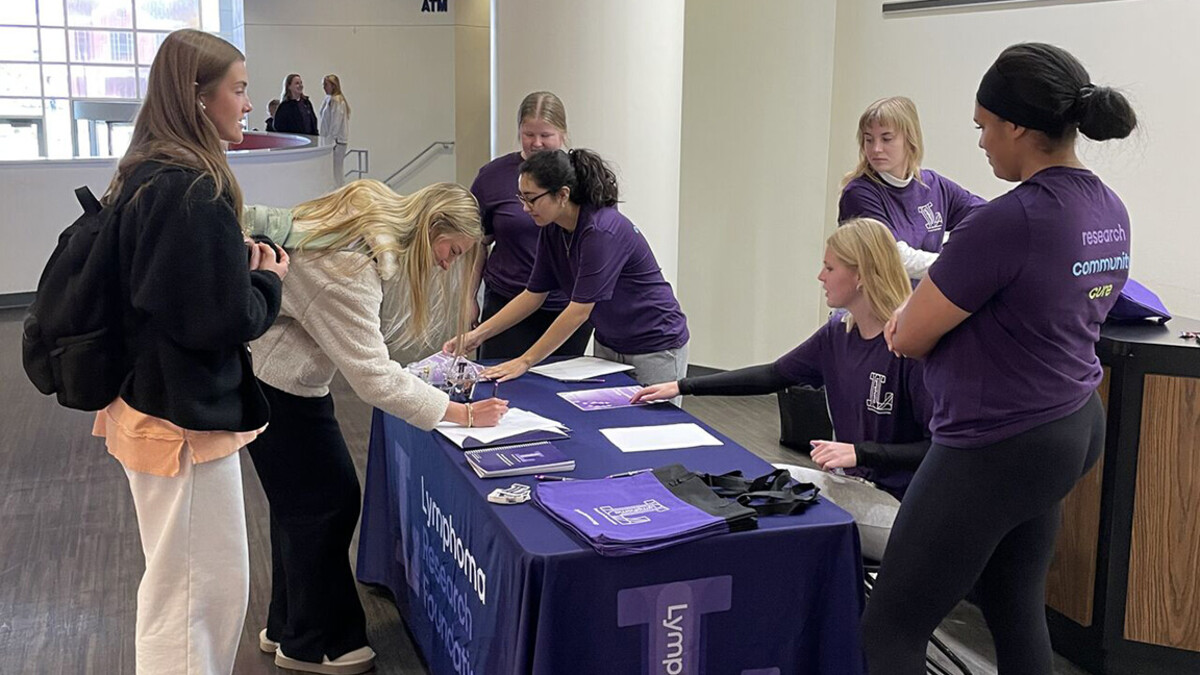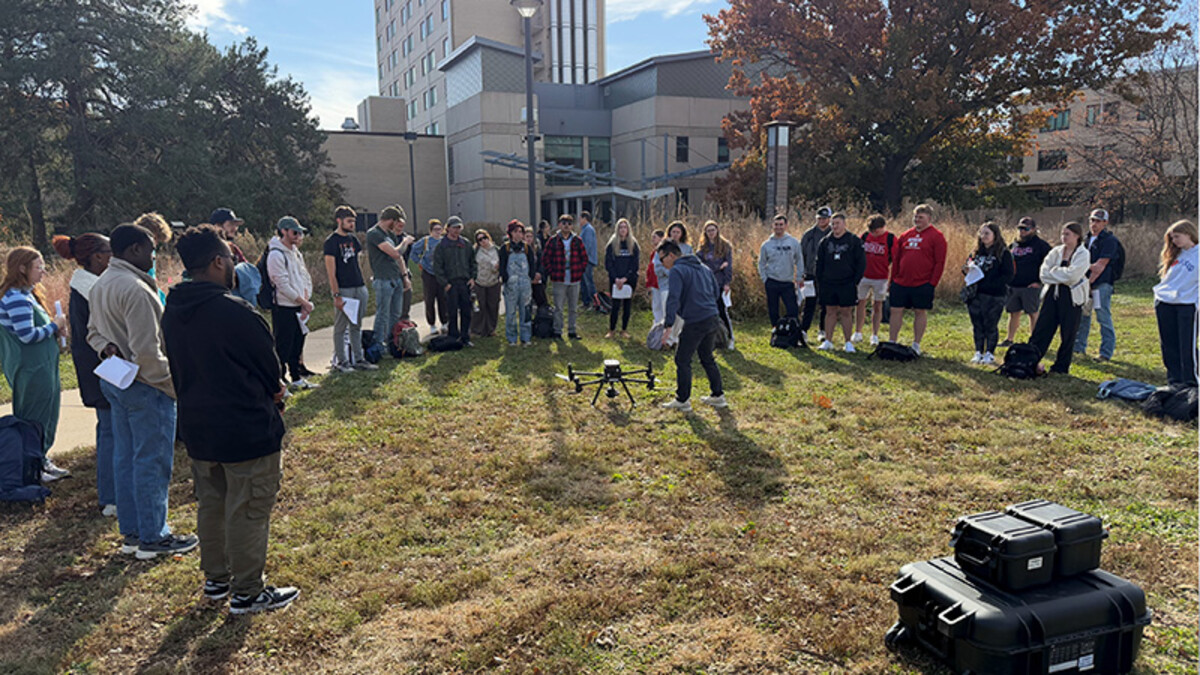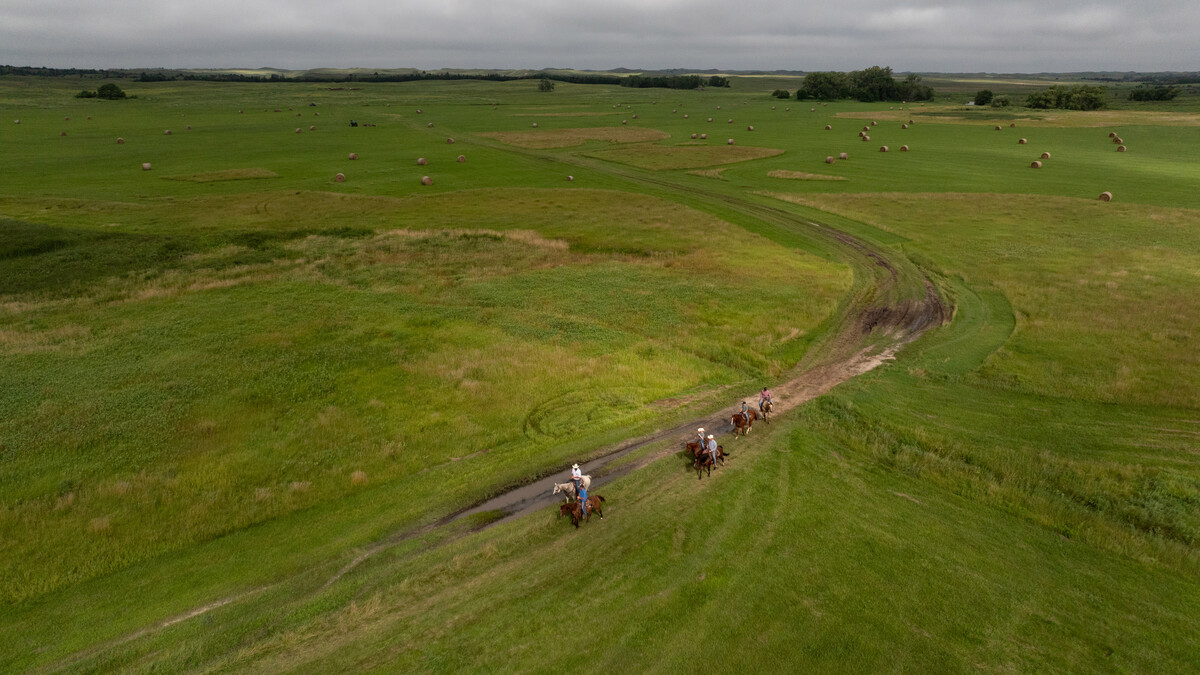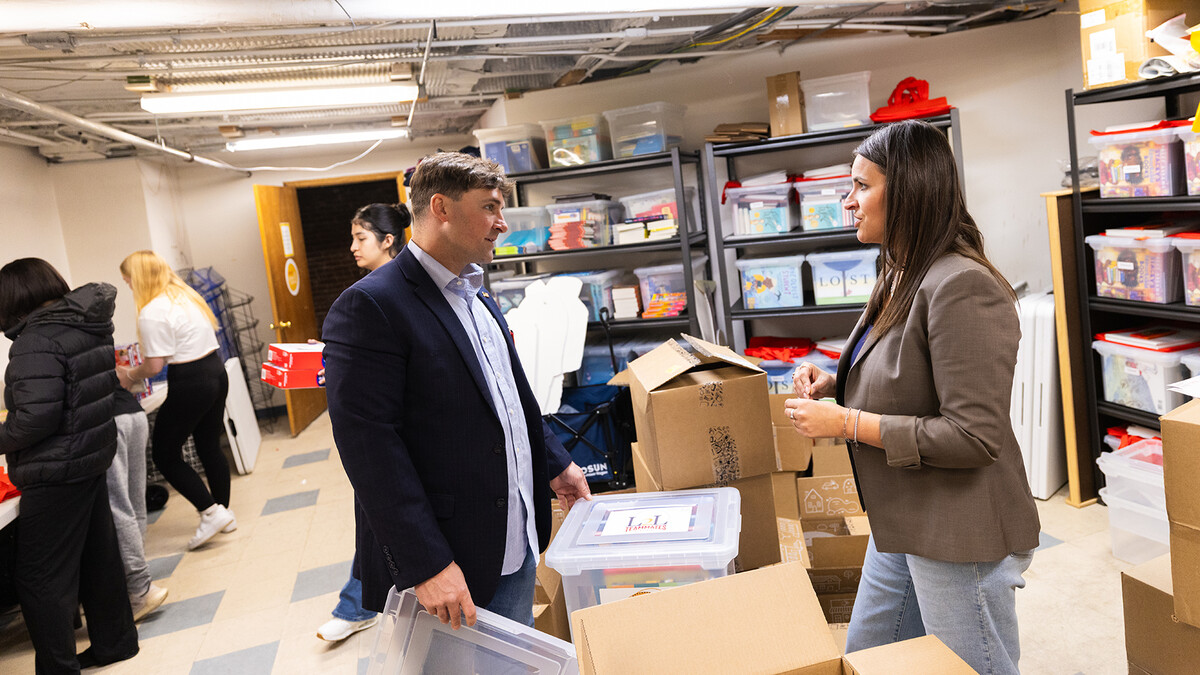
In a field west of Paris, France, a group of 17, including graduate students, professors and alumni from the University of Nebraska–Lincoln, meticulously worked to find those who went missing in World War II.
Bill Belcher, associate professor of anthropology, led the mission to France in partnership with the U.S. Department of Defense and the Henry M. Jackson Foundation for the Advancement of Military Medicine. Having previously worked for the Department of Defense as a forensic anthropologist for 21 years, Belcher now trains future forensic anthropologists to continue this work. There are still an estimated 26,000 missing but recoverable from World War II.
“One of the things I try to instill in my students is that one of the worst things that can happen to an individual is their name and identity is taken away from them, whether it's through genocide, mass murder or being missing in action,” Belcher said. “That's one of our responsibilities, to give people back their names.”
These missions, done through a memorandum of understanding with the Department of Defense, are an impactful and important learning opportunity for students. Belcher arranges two or three per year, including a mission currently in Germany, and hopes to expand that number to six in the future.
“Getting that practical case work experience, whether it's in the field or in the lab, is extremely important, and something I emphasize with our program here,” Belcher said. “When we come home, the students realize what we do in forensic anthropology matters to the American public.”
Previous missions have been successful at identifying missing service members.
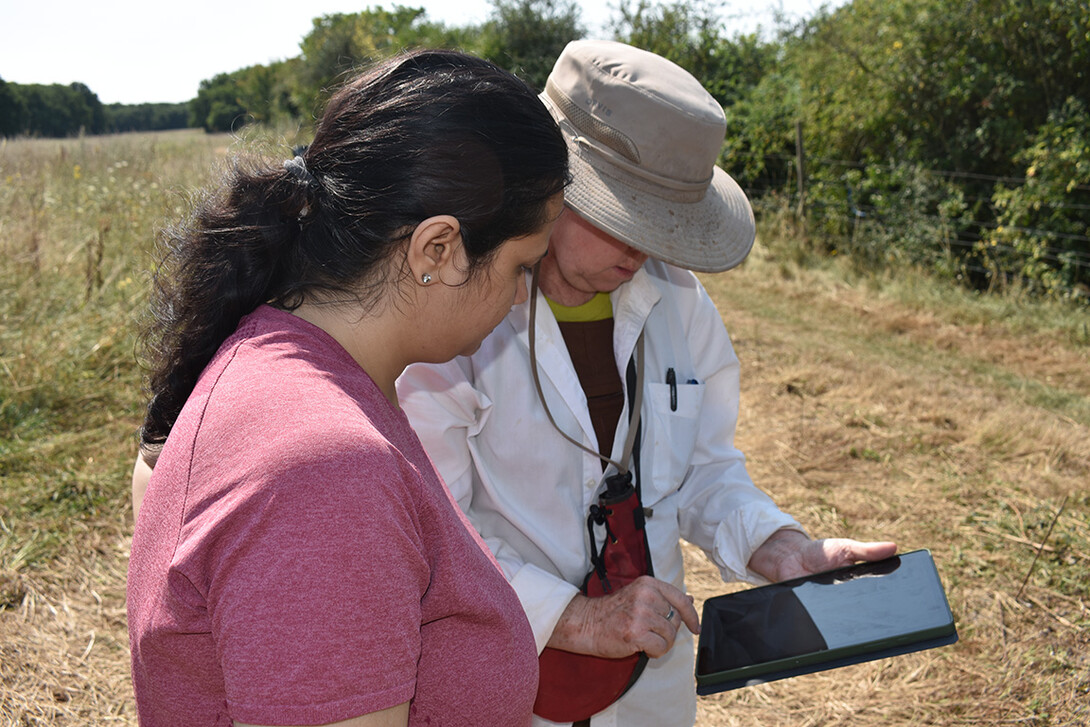
The France team, which also included LuAnn Wandsnider, professor of anthropology, and Brett Hoffman, research assistant professor in the School of Global Integrative Studies, spent about six weeks doing excavation work. They worked most days from 7:30 a.m. to 5:30 p.m., typically performing a technique called screening, which involves sifting through dirt for possible evidence. Belcher said he warns his students up front that it is hard work.
“I try not to sugarcoat it,” Belcher said. “We refer to this as labor intensive and results driven.”
The team was able to recover possible evidence, which will be be transferred to the DPAA lab at Offutt Air Force Base, though the team members are not allowed to reveal exactly what they found. Though time-consuming, exhausting and monotonous, the work was fulfilling for students.
“Regardless of what we found, I think that the trip was successful,” said Kathleen Kelley, a master’s student in forensic anthropology. “We got to learn so much and have such great hands-on experience and contribute to a very powerful and impactful mission.
“It was hard on the body and hard on the mind in ways that I wasn't expecting.”
Wandsnider, who leads the main field school for anthropology students, said being a part of previous missions with Belcher changed the way she approached teaching field excavation techniques.
“Having a better appreciation for what you need to know on the ground and to be a more effective team member, we emphasize more of that in the field school,” she said. “You cannot shut your brain off, even though it's repetitive work. To be successful, you're going to have to stay tuned in.”
The team relied on conversation with each other, word games and music to stay on task and moving as quickly as possible.
“Forensic archaeology requires thinking on your feet and being adaptable,” Lillie Turpin, a master’s student in forensic anthropology, said. “Something might be working really well the first week, but then you have to switch it up."
Ryan Bodine, also a master’s student in forensic anthropology, said she was excited to join the mission and hone her field work skills, but the opportunity took on new meaning after she shared the news with her family.
“I knew it was a very important mission, but after I shared that I was doing this, I started hearing from people who had loved ones go missing during the war,” Bodine said. “There are generations of people who are still wondering what happened to their loved one, and I was proud to be part of something that could potentially bring closure to a family. Even though it happened a long time ago, it's still causing pain within families.”
As an educator of young people, Wandsnider said the missions are a reminder of the sacrifices people make during wars.
“When you think of the people involved in World War II — they were the age of our students, many of them,” she said. “They were involved, with maybe not a lot of training, and did incredible things. This is important work and I get teary-eyed thinking about it.”
